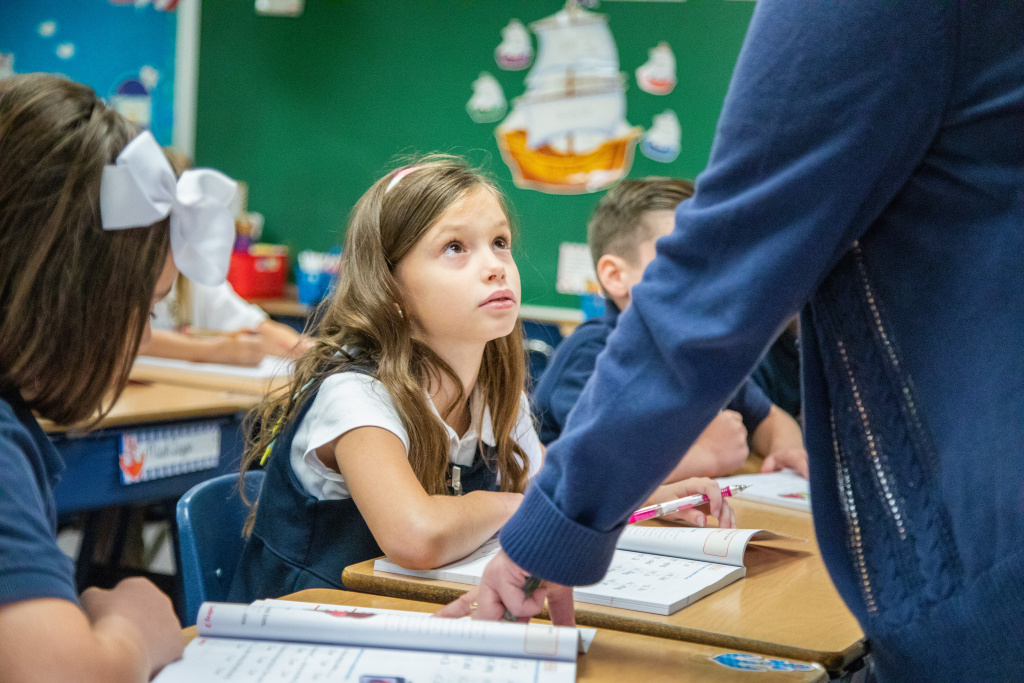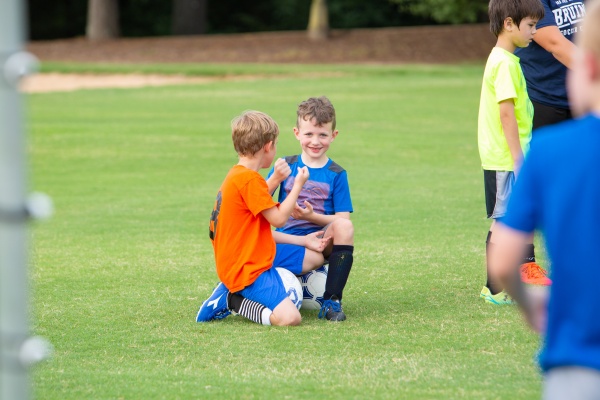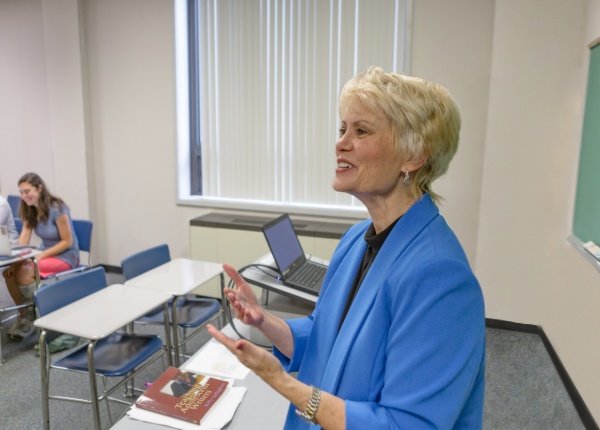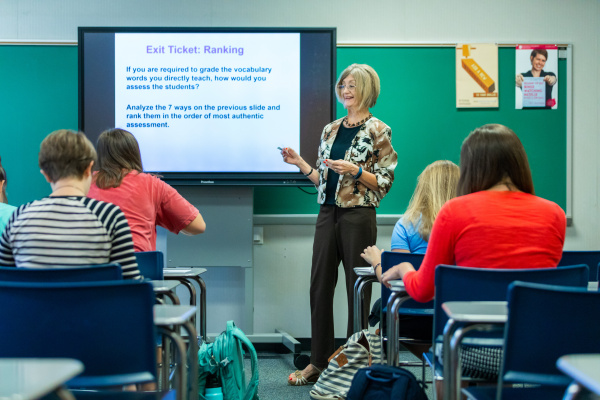As teachers and educators, what is our responsibility? The National Board for Professional Teaching Standards lists five core propositions in the article, “What Teachers Should Know and Be Able to Do.” These are:
- Teachers are committed to students and their learning.
- Teachers know the subjects they teach and how to teach those subjects to students.
- Teachers are responsible for managing and monitoring student learning.
- Teachers think systematically about their practice and learn from experience.
- Teachers are members of learning communities.
But as Christian educators we have the added responsibility of pointing our students to Christ. Our profession is not just a job but a calling and a ministry. We should view each student in our classroom as a unique individual created by almighty God. Therefore, we should seek every possible opportunity to educate each student to seek their full potential academically as well as spiritually, individualizing instruction to meet their unique needs.
Reaching Each Student
Each student has a different way of learning. It is our responsibility as teachers to find ways to meet the individual needs of our students. Individualized instruction is focused on the needs of the individual student. Differentiated instruction focuses on different teaching methods or approaches to teach groups of students. We should use a combination of the two in order to help our students reach their full potential. There are many examples in the Gospels where Jesus used individualized as well as differentiated instruction.
Who He taught:
- He taught in large groups—as in the feeding of the 5000.
- He taught the disciples—small groups.
- He even focused one on one—the woman at the well.
How He taught:
- He taught using parables—the parable of the sower/seed.
- He taught by example—He was kind, humble, loving, willing to meet every need.
- He taught hands on—healing the sick, eating with “sinners.”
Every student needs some form of individualized instruction. Below are some characteristics of students who need individualized instruction:
- Slow learner—short attention span, poor memory, difficulty following instructions
- Advanced learner—sometimes ignored, often left unchallenged and bored
- Visual, kinesthetic, and auditory learner
- Everyone! Each student comes with a variety of different backgrounds and experiences.
Some students are visual learners. They need to see something before they can learn. Others are kinesthetic learners. Movement and hands-on activities are the best way they learn. Then there are those that are auditory learners. They can just listen and get all the information they need. As teachers we should be incorporating visual, kinesthetic and auditory methods in our teaching in order to meet the needs of all of our students. Even though there are three main ways to learn, our students will benefit by being exposed to more than one way.
Teaching is more than a full-time job. There are not enough hours in the day to be able to give one-on-one attention or instruction to every single student every day. But here are some ways that teachers can individualize or differentiate their instruction in the classroom.
Environment
Is your classroom a calm but exciting place to learn? Provide an atmosphere in your classroom that is conducive to learning and also free from distractions to encourage your students to stay on task. Organize materials so they are readily available. Be sure to explain classroom rules and provide guidelines for independent work that match individual needs. Set up centers or areas around the room where the students can practice skills that they have been learning in class. Check with families in your school to see if they are willing to donate computers and tablets that are no longer used in the home. These would make excellent tools for learning centers. Take time to explain to the class that different students have different learning needs.
Materials and technology
Teachers should have and use a variety of resources available in the classroom. For example, if the students are working on a report, provide a variety of materials on different reading levels for them to use. Take advantage of the local library and check out books for the students to use in the classroom. Use technology to help those that are more visual, showing videos and pictures as well as providing websites on various levels. Audio books are a great resource for students to read and listen at the same time. Reading buddies encourage the slower reader to improve while providing a teaching or role model opportunity for the more advanced reader. Small group activities encourage more hands-on learning and keep students engaged.
Methods
Do you teach the same way all the time? Lecturing is necessary, but activities, games, group work and think-pair-share all provide a variety of ways that our students can learn. Use tiered activities to help all learners work with the same important understanding and skills, but proceed with different levels of support, challenge or complexity. Personal agendas or task lists can contain both common work for the whole class as well as individualized work that addresses specific learners’ needs. Vary the length of time spent on a task in order to provide additional support for a struggling learner or to encourage an advanced learner to pursue a topic more deeply. Wherever you can, use hands-on activities. Get the students up, moving and collaborating with each other to apply what they have learned.
Product
Teachers must decide how to best assess the material taught. All assessments do not have to be a test or a quiz. Many students do not test well but excel with hands-on projects or activities. Provide a variety of ways to assess. Provide different options for project ideas.
For example, the students are all required to read a book. Do they all have to do the same kind of report or project? Provide four or five options for them that have the same point value but provide a choice of what works best for the student’s learning style. One student may choose to write a report, another chooses to give a report orally, and another chooses to make a PowerPoint or project. Along with those choices, provide individualized rubrics that match and extend students’ varied skill levels. Another option would be to divide the class into groups that work on one project but give each student different responsibilities for that project.
Misconceptions
Individualized instruction is not giving the student the choice of what they will or will not do. However, it is okay to let them be involved in the process to give them a sense of ownership.
Individualized instruction does not have to take a lot of time. However, it is a blend of methods and activities that can meet the needs of students with different learning styles. This will help the student to be more engaged and therefore learn more. Designing something different for each student in your class is impractical. You cannot individualize every lesson for every child, but you can change how you teach and what you do in order to meet as many of their needs as possible. And there will always be some students that need that extra one-on-one help.
Just as Christ, the Master Teacher, recognized the need of meeting each of the people He impacted in different ways, so we as teachers must recognize the importance of individualizing or differentiating our instruction in ways that will meet the individual needs of our students.








